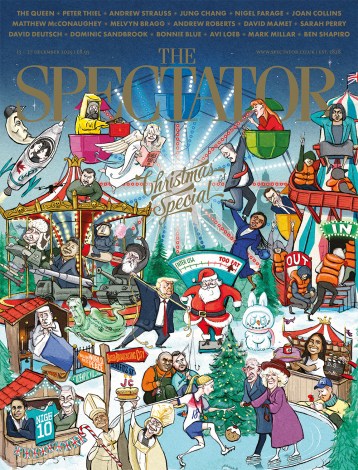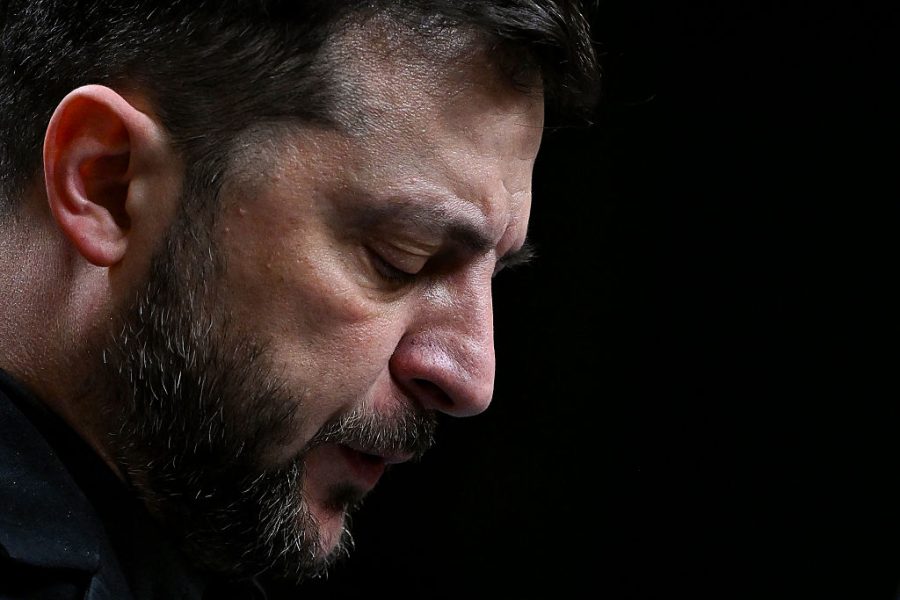Ballet companies have become dismally timid about exploring their 20th-century heritage: everything nowadays must be either box-fresh new or a fairy-tale classic, which seems to me a recipe for an unbalanced diet. So I’m pleased that under the directorship of Federico Bonelli, Northern Ballet is pluckily dusting off neglected treasures of the recent past. Last year brought Hans van Manen’s exquisite Adagio Hammerklavier (1973) back to life; this year, it’s the turn of Rudi van Dantzig’s setting of Strauss’s Four Last Songs (1977), danced to the recording made by Gundula Janowitz and Herbert von Karajan.
A dark angelic figure, hungry for some grim reaping, hovers over four youthful couples in various states of amorous bliss – cavorting through the sunlit uplands, yearning for the Wagnerian infinite. Strauss’s moony and vaporous music offers little emotional variety, but van Dantzig’s lushly expressive choreography subtly builds a mood that darkens and intensifies – it’s not the bland bucolic frolic it initially seems. Was Kenneth MacMillan’s Song of the Earth an influence? Northern Ballet’s admirable dancers meet its challenges with eloquent grace, and there is a rather beautiful landscape backcloth painted by van Dantzig’s lifelong partner Toer van Schayk. More such revivals, please. This one will come south to the Linbury Theatre in January.
The programme also contains Kristen McNally’s Victory Dance, a brief jazzy blast showcasing the astounding talent of Joe Powell-Main, a disabled virtuoso exuberantly unconfined by his wheelchair or gammy leg. It’s a lot of fun. I was rather less engaged by Mthuthuzeli November’s Fools, which is little more than West Side Story translated to a South African township. Much too long, it is tritely choreographed, too reliant on spasms of aimless jiving, and predictable at every turn, from every angle. Perhaps an all-black cast could give it more authenticity, but Northern Ballet’s multi-racial complexion fatally dilutes its impact.
English National Ballet has returned to its major triumph of the last decade, Akram Khan’s reimagining of Giselle. It’s a marvel, and I’d urge anyone who feels that dance is a moribund art form to try to catch it before it closes on 28 September.
Firing off Vincenzo Lamagna’s electrified mash-up of Adolphe Adam’s original score, it translates the conventional Victorian trope of the innocent village maiden betrayed by the lord of the manor into a brutalist concrete environment, atmospherically designed and lit by Tim Yip and Mark Henderson to be suggestive of totalitarian industrial oppression but haunted by vengeful ghosts too.
Khan has developed a choreographic vocabulary that combines classical elements with his roots in kathak, as well as evoking traditions of Balkan dancing. He has an exceptional talent for building architectural structures out of blocks and lines of bodies and exploiting moments of silence and stillness with brilliant dramatic flair. Unlike so much contemporary narrative-based ballet, the plot is kept to a minimum, without clumsy or redundant attempts at explanation or elaboration – it’s the intense poetry in the movement that matters, most movingly so in Albrecht’s final remorseful encounter with the spirit of Giselle.
Erina Takahashi radiates little personality in the title role, though she dances it with liquid ease; far more persuasive are the two agonised males battling for her affections, James Streeter (Takahashi’s off-stage husband) as Albrecht and Ken Saruhashi as Hilarion. Emma Hawes is fabulously weird as the spook Myrtha, and the corps seems galvanised with demonic energy, whether stampeding as revolting proles or hovering menacingly on pointe. This is the fourth time I’ve seen this hauntingly powerful ballet, and I’m increasingly persuaded that it’s an enduring masterpiece.








Comments